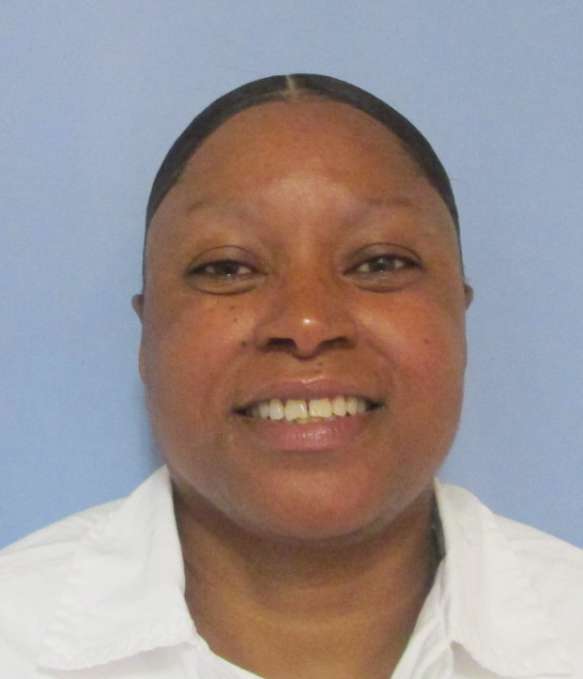Lynda Block Execution
Lynda Block was executed by the State of Alabama for the murder of a police officer. Lynda Block would be executed by way of the electric chair on May 10, 2002 Lynda Block aka Lynda Lyon Block was born on February 8, 1948 in Orlando Florida. Lynda who worked for a number of charity organizations … Read more





